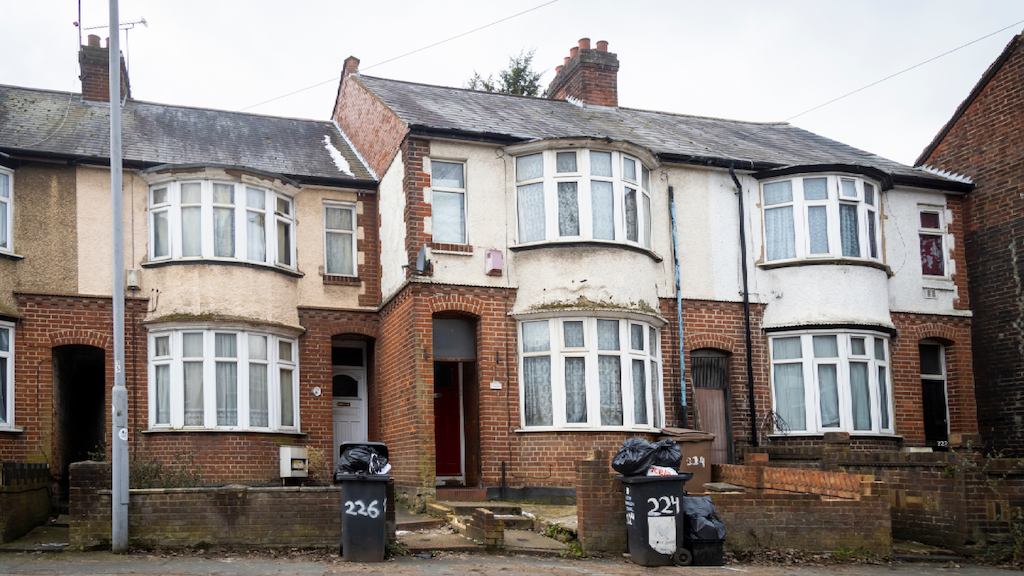“It is abundantly clear that very few older people are currently able to find and access the right properties that could improve their quality of life.
“The solution to the problem is not incentivising or pressurising older people into downsizing. Instead, we need planning and housing to focus more on older people’s needs and deliver the right properties in the right locations and at the right price to give older people greater options than are available now to where and how they live.
“What our study found is that home, the perception of the package of social relationships, services, facilities and accommodation, rather than just the feelings about the quality and shortcoming of their house, provides the clearest indicator of older people’s preference to stay or move from where they live.
“The challenge for policy makers and planners is how to identify the specific barriers and opportunities that particular people face when attempting to rightsize as they grow older. Planning interventions and housing strategies need to be built upon a better understanding of these needs and wants, gained through direct engagement and coupled with localised data, if we are to end this house moving bottleneck currently experienced by older people.”
